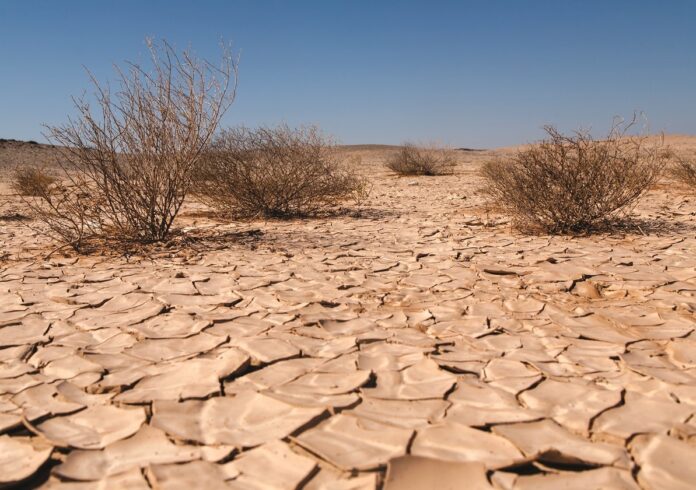A study in the American Geophysical Union journal Earth’s Future looks at future transboundary water stress and its drivers under climate change. It concludes that it will mostly intensify in areas already under stress in all future scenarios for most such basins.
The paper, ‘Future transboundary water stress and its drivers under climate change: a global study’, notes that various transboundary river basins are facing increased pressure on water resources in the near future. Little is known about the future drivers globally, however, which will be changes in natural local runoff and inflows from upstream parts of the basin, as well as local and upstream water consumption.
The authors used four global hydrological models, forced by five global climate models, and the latest greenhouse gas concentration and socio-economic pathway scenarios to assess the impacts of these drivers on transboundary water stress, in the past and in the future.
The study concludes that the population under water stress is expected to increase by 50% under a low population growth and emissions scenario (if Paris Agreement targets are met). This could double under a high population growth and emissions situation compared with the baseline of 2010.
As changes proteinriegel dm test in water availability have a smaller effect when water is not yet scarce, changes in water stress globally are dominated by local water consumption, the paper adds – so managing local demand is a key strategy to alleviate future stress.
Upstream availability (that is, less natural runoff or increased water consumption) was the dominant driver of changes in net water availability in most downstream areas, the authors found. In addition, more people will be living in areas dependent on upstream originating water in 2050. So international water treaties and management will have an increasingly crucial role.








